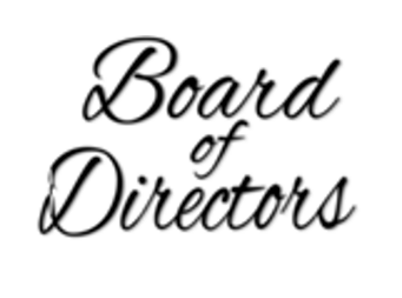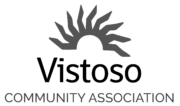

David Light
Estates at High Mesa
Greetings from the Board
This month’s article is written by David Light, Vistoso Community Association (VCA) Treasurer and Finance Committee Chair.
It is now the time for the annual budget process—which is one of the most important routine jobs that VCA’s Board and committees are concerned with each year.
Homeowner association budgets may seem arcane to some members, but while the process to create them is complex and usually takes two months (typically September and October), describing that process can be simple and easy to understand. VCA’s budget must be approved by the Board of Directors by October 31, 2022.
Most members are concerned mainly with how much the assessment will be, or will increase from the current year. (To see a copy of the current budget, go here.) This is, of course, important, but there are other important purposes to the budget, as well, that have a bearing on the annual assessment.
An HOA budget is more than just an estimate of how much expenses will be and whether they will fit into the projected income—it is a policy statement that indicates what are the necessary annual operating expenses, and thus what must the annual revenue be to pay for those expenses. It also includes a figure for the recommended reserve fund expenditures (which typically come from the annually-updated reserve study (see here) provided by an independent reserve study company). This separate part of the budget, which is also funded by the annual assessment and other revenue, allocates the annual funding of projects related to the maintenance and replacement of our long-term assets, which the study projects for each year over the next 30 years.
The structure of the budgeting process
- The first step is management’s draft of the necessary operating costs, using current and historical records, and a draft of the reserve fund expenditures as provided by the reserve study specialist.
- This is reviewed and adjusted, if necessary, by the Finance Committee. Input from other committees is also considered.
- Before the budget is approved by the committee and a recommended budget is sent to the Board, the assessment—which is the association’s primary source of revenue—is determined, and generally must be enough to cover the prescribed expenses (and estimated expenses, in the case of items such as utilities). However, as stipulated in our bylaws, the Board must also take into consideration any surplus or deficit from the previous year in calculating the needed revenue (and thus assessments).
- The third step is the Board’s review and final adjustment, if necessary, followed by the Board’s adoption of the budget. The adopted budget guides the association’s spending for the budgeted year. An adopted policy limits the addition of unbudgeted items, unless they are emergencies.
Other issues
You may have noticed that the current budget has a projected deficit of $260,000. This is because the operating fund balance had grown to well over a million dollars over the last several years. An operating fund balance, or “cushion”, of approximately two to three months of our average monthly operating expenses for an HOA of our size is considered appropriate (currently, we spend about $200,000 on average per month). Thus about $400,000 to $600,000 in our operating fund balance should be considered adequate.
Occasionally, an expenditure that is not budgeted is proposed by a committee, the board, or by management. While emergencies give management (within certain limits) discretion on how best to handle, Board-adopted resolutions control the decision process, which may involve the Finance Committee to determine the impact on the budget and how, if at all, to fund the proposal, prior to a final decision by the Board.
The entire budget process is open to the membership, and can be observed and even commented on during meetings of the Finance Committee and the Board, which are noticed by email and on the website. See you there.
